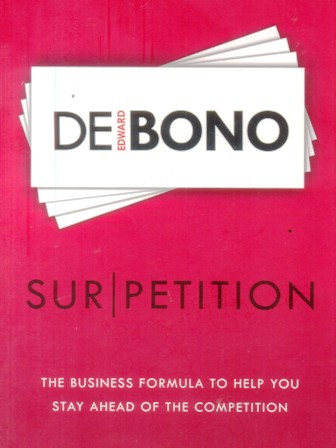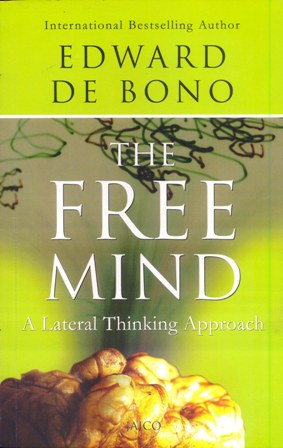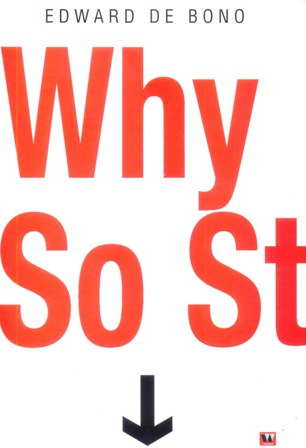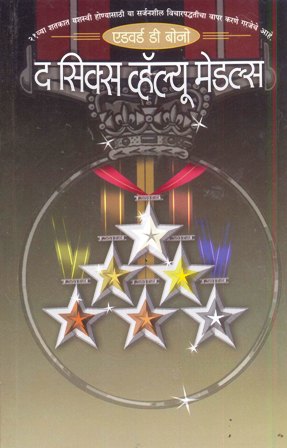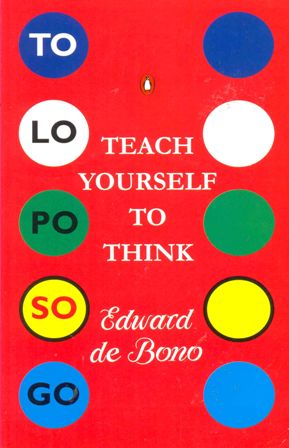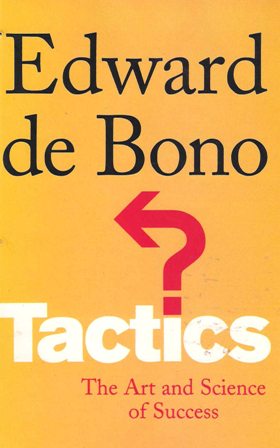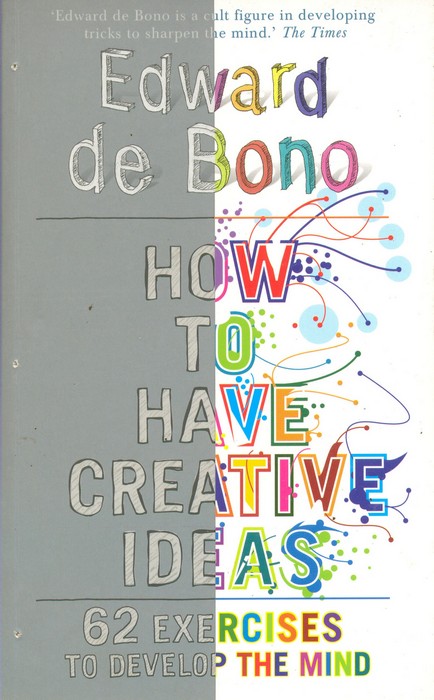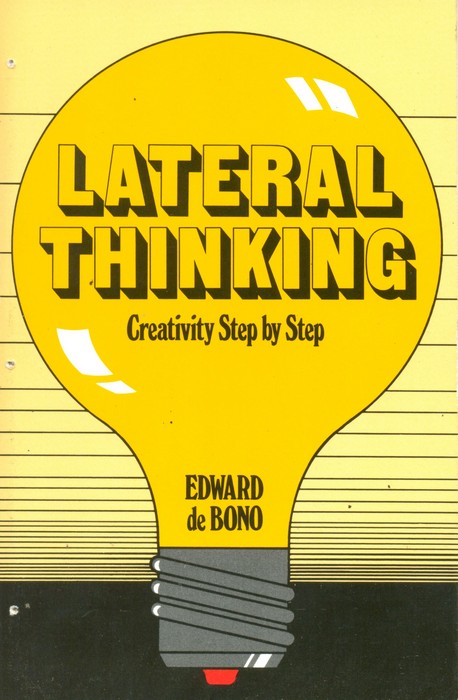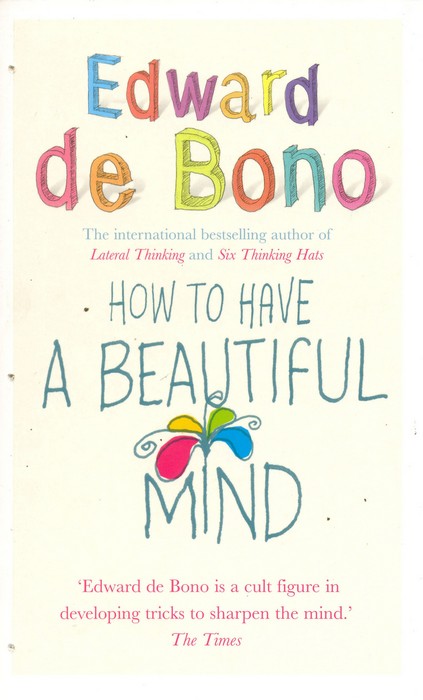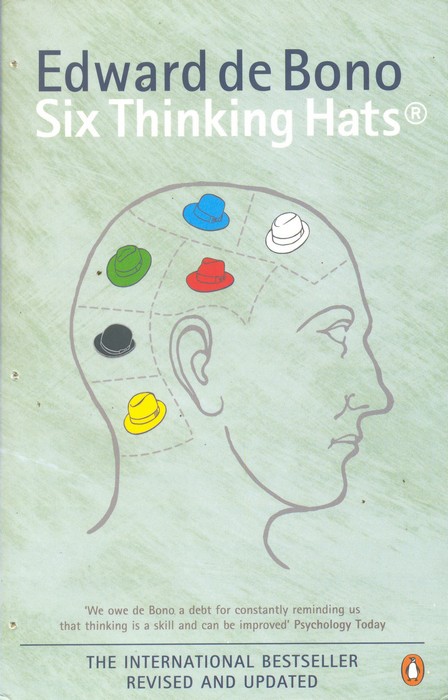-
Sur petition
Don’t chase the market leader, be the market leader. Edward de bono, the bestselling author of serious creativity and inventor of lateral thinking teaches you how to move beyond the baseline of competition and find success with Sur/petition. It's simple. If you want to survive in the global marketplace a competitive streak is essential. But what if you want to do more than just survive? In sur/petition de bono explains how choosing to run in your own race instead of alongside others will give you the edge over other businesses and creating value monopolies will allow your business to not only survive but become successful. Broken down into 3 sections sur/petition will explain: 1. Why most fundamental habits of management thinking maybe inadequate and even dangerous for your business 2. The difference between traditional competition and Sur/petition 3. The meaning of ‘manufacture’ and how to create value for your business drawing from his immense experience consulting the top corporations in the world, de bono shows you how to go 'beyond competition' And create a new winning game.
-
The Free Mind
Edward de Bono believes in freedom, but he poses the question: “If you cannot see clearly, are you making a free choice?” That question is at the heart of his new book. De Bono has devoted his life and career to getting his readers—business leaders, educators, and politicians among others—to understand that clarity of thinking is essential to a free society. It is not enough to simply be free from coercion. De Bono argues that there is no true freedom without the ability to see correctly the options we have. And, to see these options requires thinking—thinking of a kind that De Bono says is not the norm and which urgently needs to be emphasized and taught. The best short introduction to his work, The Free Mind uses anecdote to convey his ideas and provides numerous examples that illustrate his thesis: to be free means to understand the choices we make, and this understanding can only come through improving the way we think.
-
Why So Stupid
Do you think about thinking? Probably not. Most people do not think about thinking. We have an excellent thinking system but it is inadequate. We have never developed the creative thinking needed to design the way forward. Our thinking is excellent for technology and almost useless in human affairs. It is time we paid serious attention to 'thinking'. Complacency with our existing thinking habits is not only limiting but has become very, very dangerous.
-
Tatics
What does it take to succeed in today's competitive world? Is it luck? Talent? Why do some people emerge as successful while others - who seem to work just as hard - never make it? Are special skills required? This book is based upon 50 interviews with men and women - eg, Chris Bonington, Mark McCormack, Terence Conran, Malcolm Forbes, Hans Eysenck - who have been outstandingly successful in a variety of fields. With his usual perceptiveness, Edward de Bono analyses their different paths to success, revealing that underneath their different styles and their greatly different personal qualities are a few characteristics which are common to all successful people. De Bono provides the lessons for anyone seeking success in their lives.
-
How To Have Creative Ideas
In How to Have Creative Ideas Edward de Bono - the leading authority on creative thinking - outlines 62 different games and exercises, built around random words chosen from a list, to help encourage creativity and lateral thinking. For example, if the task were to provide an idea for a new restaurant and the random word chosen was 'cloak', ideas generated might be: a highwayman theme; a Venetian theme with gondolas; masked waiters and waitresses. Or, if asked to make a connection between the two random words 'desk' and 'shorts', readers may come up with: both are functional; desks have 'knee holes' and shorts expose the knees; traditionally they were both male-associated items. All the exercises are simple, practical and fun, and can be done by anyone
-
Lateral Thinking
The seminal book that introduced a new way of reasoning and decision making. "Dr. de Bono does not claim to be able to turn us all into Miltons, Da Vincis, and Einsteins. . . . The Muse never appears to most of us--hence the value of this book."-- "Times Educational Supplement" "Dr. de Bono does not claim to be able to turn us all into Miltons, Da Vincis, and Einsteins . . . . but his techniques provide an alternative to just sitting around waiting for the Muse to appear. The Muse never appears to most of us--hence the value of this book." "--Times Educational Supplement"
-
How To Have A beautiful Mind
We spend a fortune on clothes, cosmetics, diets and workouts
-
Six Thinking Hats
There is nothing more sad and wasteful than a roomful of intelligent and highly paid people waiting for a chance to attack something the speaker has said. With the Six Hats methods the fullest use is made of everyone's intelligence, experience and information. The Six Hats also removes all "ego" from the discussion process.The need for the Six Hats is based on an understanding of how the brain chemicals change with the mode of thinking. Using this method one major corporation reduced the time taken for multinational project discussions from 30 days to just two days. Argument is inefficient, ineffective and slow. Argument was never designed to be constructive. The parallel thinking of the Six Hats method is rapidly replacing argument around the world. From senior executives at major corporations like Siemens, NTT, Prudential (US) to four-year-olds in school. From Khmer villagers in Cambodia to senior government departments. For 2,400 years we have been content with argument which was never designed to be constructive. Discovering "what is" may not be the same as designing "what can be".

